#cosmogony
Text
Azathoth's Family Tree (According to a Howard Philips Lovecraft 1933 letter) - As illustrated in the Cosmopopicon. The Cosmopopicon: Cosmogony though Mythology, Science Fiction, Fantasy, Pop Culture and more, by Ghislain Barbe, is available on Amazon, Lulu and Barnes & Noble.
Cosmopopicon (lulu.com)
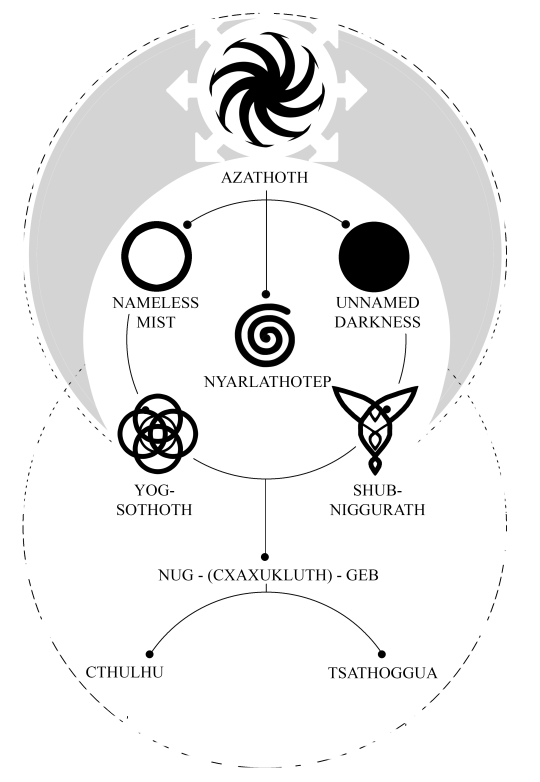
#cthulhu#lovecraft#mythos#cthulhu mythos#azathoth#Cosmopopicon#ghislain barbe#nyarlathotep#yog sothoth#tsathoggua#Scifi#Fantasy#science fiction#Cosmogony#Mythology#family tree#genealogy#elder gods#great old ones#Darkness#mythology#Ghislain Barbe
151 notes
·
View notes
Text

#albrecht dürer#art#earth#world#cosmogony#flat earth#map#maps#celestial#medieval#renaissance#middle ages#dragon#dragons#ships#sea#ocean#cosmos#astrology#astronomy#cosmology#wind#monogram
1K notes
·
View notes
Photo

genesis // prints // my patreon
100 notes
·
View notes
Photo

What is everyone rushing around looking for?
#art#crime#balaclava#ski mask#robbery#retrofuture#design#spray paint#dot#cosmogony#collage#mixed media
346 notes
·
View notes
Text

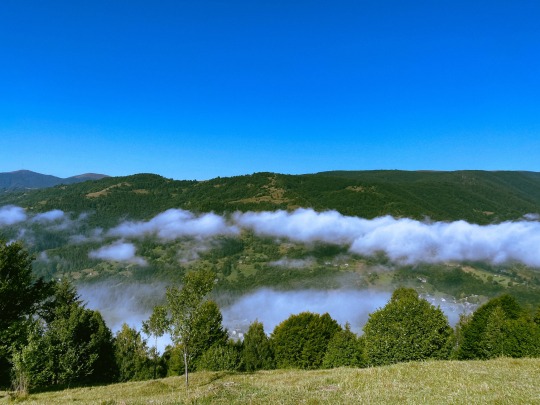
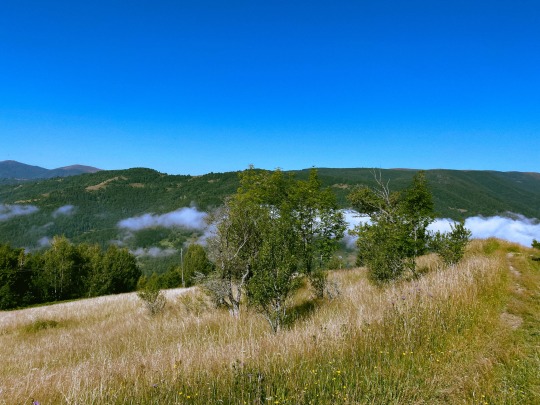
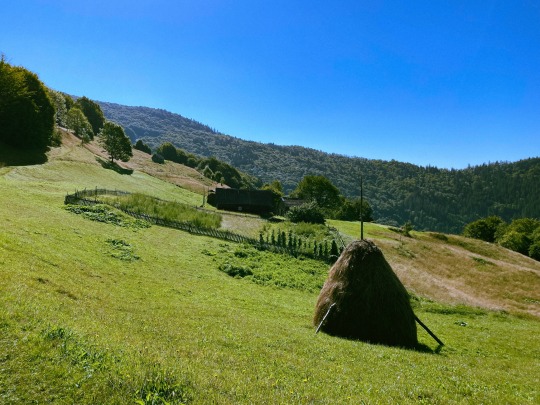
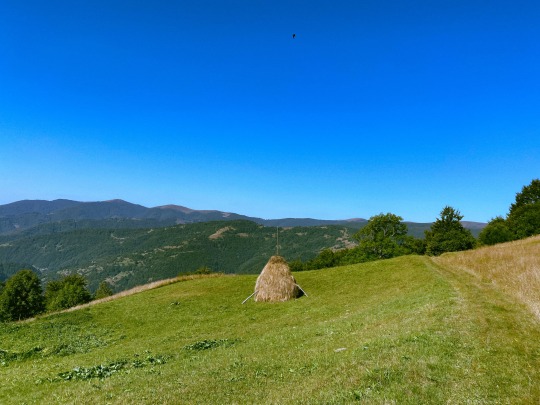
youtube
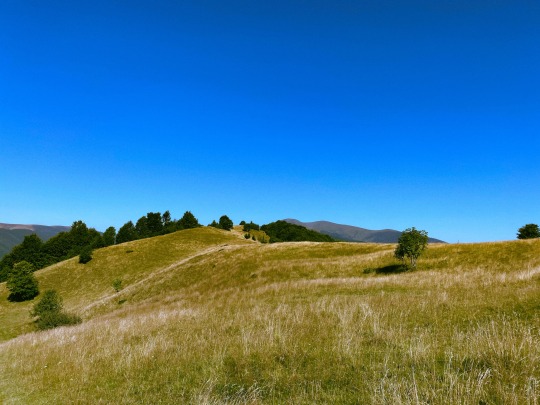

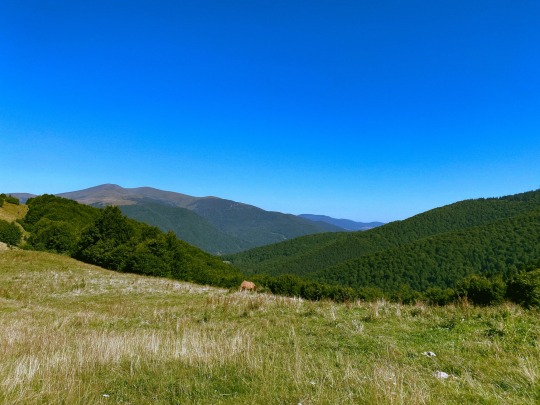

#ancient mystery#nature#cosmogony#landscape#nature aesthetic#mountains#naturecore#green aesthetic#blue and gold#mountainscape#august#summer scene#carpathians#Youtube#folk music#ethnic#between earth and sky
13 notes
·
View notes
Text

Sphinx of Black Quartz, Judge My Vow
#ms paint shenanigans#art#artists on tumblr#character design#sphinx#mythical creatures#my art#oc#original character#ms paint#moon#moonshard#cosmogony#sw cosmogony
62 notes
·
View notes
Text





Thomas Chrowder Chamberlin – Scientist of the Day
Thomas Chrowder Chamberlin, an American geologist usually referred to as T.C. Chamberlin, died Nov. 15, 1928, at age 85,
Learn more
#Thomas Chamberlin#T.C. Chamberlin#cosmogony#planetesimals#meteoric hypothesis#histsci#histSTM#20th century#history of science#Ashworth#Scientist of the Day
8 notes
·
View notes
Text
It should be said at once that the completely profane world, the wholly desacralized cosmos, is a recent discovery in the history of the human spirit…for the nonreligious men of the modern age, the cosmos has become opaque, inert, mute; it transmits no message, it holds no cipher.
Mircea Eliade, The Sacred and the Profane: The Nature of Religion.
#philosophy tumblr#philoblr#romanianphilosophy#philosopher#author#mircea eliade#metaphysics#religious#cosmogony#transcendentalism#morality#meta ethics#dark academia#life quotes
7 notes
·
View notes
Text
"However, if Hesiod had little notion that the world was a κόσμος , scholars are as quick to tell us that Chaos has no relation with its English homonym. Rather based on the root χα ‘gap’ and χάσκειν or χαίνειν ‘to gap’, it refers to yawning or gapping and in no way contains ‘the idea of confusion or disorder’. 11 Although an etymological connection between Χάος and χάσκειν is plausible, we should remember that etymologies reveal linguistic histories rather than common understandings and these two aspects seem to have diverged widely. The cosmological poet Pherecydes of Syros appears to have equated Chaos with primal water, perhaps based on the verb χεῖσθαι to flow (DK 7 B 1). While this is often dismissed as a later addition by the Stoics, who similarly understood the word through the related verb χείομαι (SVF 1.103), I see no reason why the view cannot have been held by both Pherecydes and the Stoics. Wordplay is very common in early Greek poetry and the imagery of a watery beginning is well established in Mediterranean cosmologies. 12 Even Homer calls Okeanos and Tethys the father and mother of all the gods (Il. 14.200–4).
If Pherecydes’ Chaos resided in the water, for others it was found in the underworld. Aristophanes in Birds (698) describes Chaos as the winged partner of Eros. While Chaos’ wings may simply complement the play’s feathered protagonists, when Chaos is said to mingle with Eros in a recess of Tartarus, it is unlikely that the audience envisioned a gap. Nor is the god happy to remain in a single location and elsewhere in Birds , Chaos appears in the sky (192). Aristotle differs again, interpreting Chaos in relation to making space, this time perhaps etymologizing it according to the verb χωρέω (Phys. 209a). 13
Moving effortlessly between flowing, gapping and making space, Chaos also at times appears to be exactly what so many scholars distance it from: disorder. Pseudo Lucian (Amores 32) describes: σὺ γὰρ ἐξ ἀφανοῦς καὶ κεχυμένης ἀμορφίας τὸ πᾶν ἐμόρφωσας. ὥσπερ οὖν ὅλου κόσμου τάφον τινὰ κοινὸν ἀφελὼν τὸ περικεί μενον χάος ἐκεῖνο μὲν ἐς ἐσχάτους Ταρτάρου μυχοὺς ἐφυγάδευσας … For you [Eros] gave shape to everything out of dark confused shapelessness. As though you had removed a tomb burying the whole universe alike, you banished that Chaos which enveloped it to the recesses of farthest Tartarus . . . 14 This too was the Chaos opted for in Latin by Ovid. In his Metamorphosis, Ovid (1.7–9) describes it as rudis indigestaque moles nec quicquam nisi pondus iners congestaque eodem non bene iunctarum discordia semina rerum. A shapeless, unwrought mass of inert bulk and nothing more, with the discordant seeds of disconnected elements all heaped together in anarchic disarray. 15 This understanding also appears in some Egyptian translations and when the Gnostics searched for an equivalent for the Egyptian cosmological term Nun (the primal waters of disorder) they settled on Χάος. 16
While we may rightly claim that these authors – some of them quite late – simply misunderstood the word, it is unclear why Hesiod was not equally susceptible to such a misunderstanding. Indeed, at the very least the widespread ancient confusion serves as a word of caution against an over-reliance on etymologies as vehicles for understanding historical usage."
- Chaos, Cosmos and Creation in Early Greek Theogonies: An Ontological Exploration by Olaf Almqvist
9 notes
·
View notes
Photo

If, as pointed out by Eliade, our common territory is the manifestation and the centre of the sacred world, the only possible true reality, any victory over the attackers of our land is the victory of the gods over the primordial dragon.
#Mircea Eliade#Hercules#Heracles#dragon#primordial dragon#chaos#sacred#territory#Europe#Traditionalism#Carl Jung#Julius Evola#axis mundi#cosmogony#sacred territory#religiosity#spirituality
32 notes
·
View notes
Text
I just did a small essay that looks into how our imagination has tried to depict the birth of the universe and the distant past. From the creation myths of the first human civilizations to contemporary fiction and what science taught us, it’s much cosmogony through science fiction, fantasy, myths and pop culture, just for fun. For those it might interest, it’s called COSMOPOPICON, and can be found on Amazon, Lulu and Barnes and Nobles. Cheers!
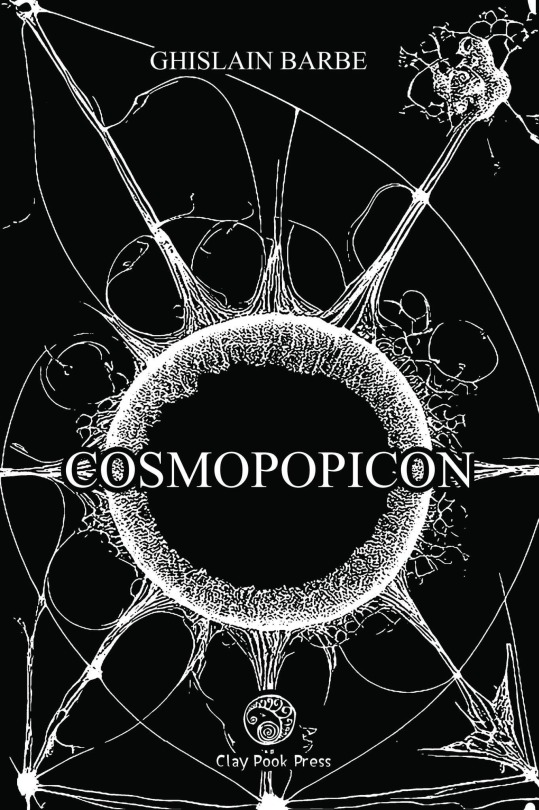
#cosmogony#science fiction#scifi#fantasy#lovecraft#william blake#tolkien#michael moorcock#mythos#greek mythology#doctor who#star trek#star wars#marvel#dc comics#babylon 5#battlestar galactica#dune#captain harlock#leijiverse#leiji matsumoto#clifford d. simak#gary gygax#dungeons and dragons#grant morrison#go nagai#space:1999#ghislain barbe#cosmopopicon
12 notes
·
View notes
Text
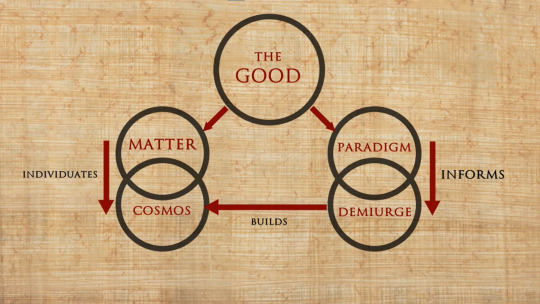
Proclus’ explanation of the Demiurge in his commentary on Plato’s Timaeus.
6 notes
·
View notes
Audio
Björk | Cosmogony
They say back then our universe was an empty sea
Until a silver fox and her cunning mate
Began to sing a song that became the world we know
And they say back then our universe was a cold black egg
Until the god inside burst out and from its shattered shell
He made what became the world we know
And they say back then our universe was an endless land
Until our ancestors woke up and before they went back to sleep
They carved it all into the world we know
And they say back then our universe wasn’t even there
Until a sudden bang and then there was light, was sound, was matter
And it all became the world we know
Heaven, heaven’s bodies
Whirl around me, make me wonder
Whirl around me and dance eternal

#björk#cosmogony#biophilia#björk biophilia#björk singles#the first matthew herbert mix of this is very lovely actually
9 notes
·
View notes
Text
Niche things I care deeply about:
- Stan Brakhage's handpainted films
- Emmanuel Levinas' ethics as first philosophy
- Mesopotamian cosmogony
9 notes
·
View notes
Photo
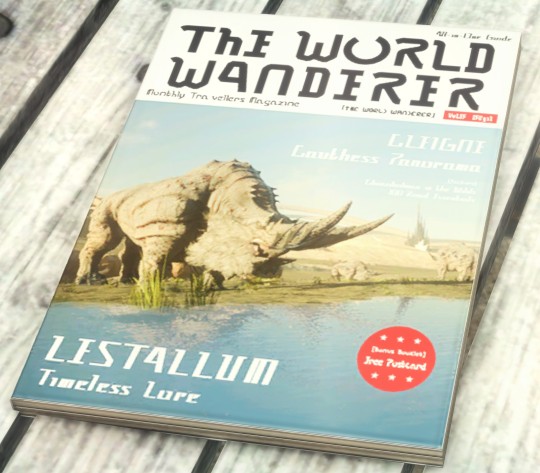

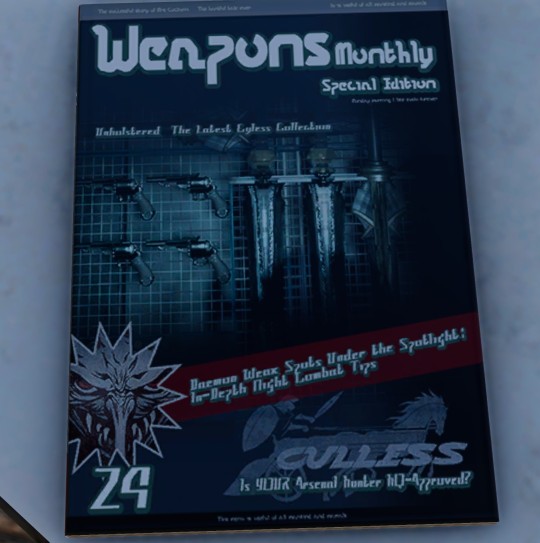




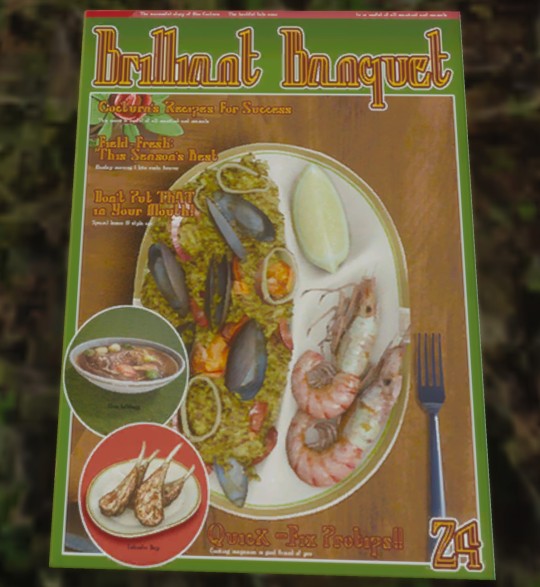


Periodicals
If you like reading magazines then Lucis has something to interest you.
The World Wanderer
Monthly travellers magazine with a dualhorn in it’s natural habitat. Comes with a free postcard!
Fish Fanatics Monthly
“In rod we trust” is an Ignis worthy pun for this fishing magazine. Often spotted at tackle shops and caravans.
Weapons Monthly
Essential reading for hunters. Featuring daemon weak spots under the spotlight, in-depth night combat tips and is your arsenal hunter HQ approved?
The Life Automotive
Your customization companion with more puns than Ignis can shake a stick at. Feature the lowdown on underbody repairs and tread warily: choosing your tires.
Viva In Vista
Something for Prompto. For photogs, by photogs. Know they camera, picture this! Pro pointers and your snappiest shots!
Heatwave
Hot off the press from Cleign, this is the magazine Gladio falls asleep under in the cut scene at Cape Caem. I’m not sure if it’s a lads mag or a fitness mag but it appears to feature women with not much clothing on. Summer sizzle, Sheila Candentia, Lucy Higham sets our pages on fire, top 100 hot stops, Mary Candor, and feel the burn, a model workout.
Coctura’s Kitchen and Brilliant Banquet
These magazines have different names and cover images but the contents appear to be the same. Ignis enjoys reading Coctura’s Kitchen at camp and in diners while Brilliant Banquet gives him ideas for new recipes. Featuring Coctira’s recipes for success, field-fresh: this season’s best, don’t put THAT in your mouth (!?!?!) and quick-fix protips.
The next two publications aren’t magazines but they are found all around Lucis.
Cosmogony
Spiritual content if you want to read up on lore and the astrals.
Oric’s Culinary Chronicle
A must have for Ignis to learn new recipes.
All images copyright Square Enix Co Ltd.
#ffxv#ff15#final fantasy xv#ffxv windows edition#magazines#cosmogony#world wanderer#heatwave#weapons monthly#cocturas kitchen#fish fanatics monthly#viva in vista
66 notes
·
View notes
